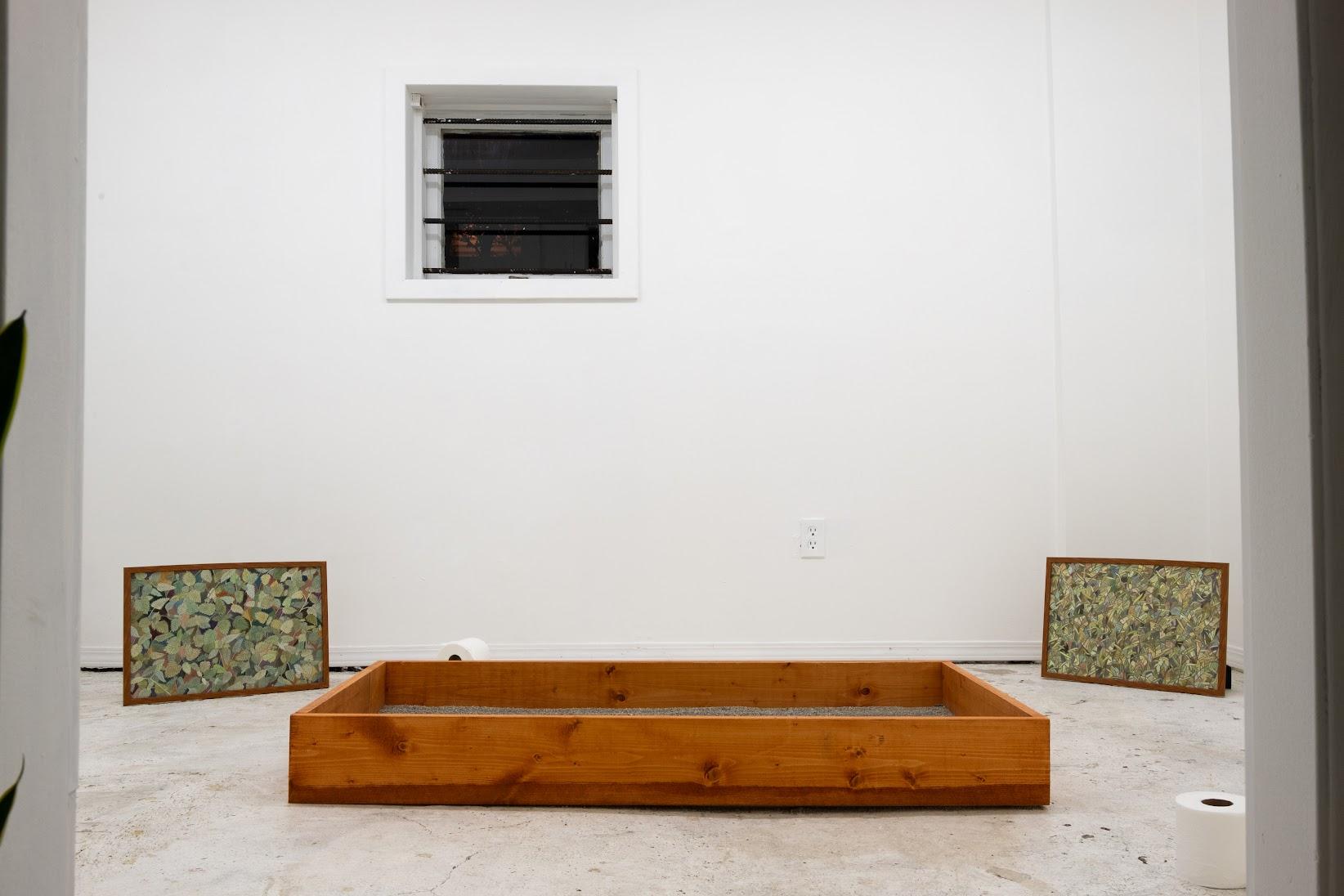
Aracha Cholitgul, installation view of Morning Sun Garden. Image courtesy of nap gallery. Photo by Benny Xu.
After Morning Sun Garden, Aracha Cholitgul, nap gallery
1. Welcome! Please wipe your feet and collect the dirt that may have fallen off the shoes of you and others: chew, crunch, and/or suck. How does the collective detritus of a sole taste? Spit, swallow, or tuck behind a molar for a later reminder of the visit, whatever kind of mouth you are. 1
2. Mind the entranceway: it transforms. You may find yourself, suddenly, with a tail, with vertical slitted pupils, with a fluid sense of the walls, bounds, and confines that you knew before. Embrace, arch the back and inhabit your new position with confidence. When you are ready to come back, it’s the first opening on the left. 2
3. You may smell a presence: cat piss, weed hanging on curtains, mold caught between the double paned glass windows, the must of last week's abandoned cobweb. Inhale, don’t apologize and leave your mark: rub face on furniture, piss in the box, knead the pillows into small, shed a tear on the windowsill for an evening moth to drink. Crack the window, if you have hands, just to see what else comes in to smell, and stay. 3
4. Try and remember: we lived in the Vancouver special with the red low pile carpet? We planned to plant tomatoes but Goose ate all the seedlings, an omen that perhaps nothing was meant to grow there except the black between the tiles and the ants under the washer? 4
5. You’re tired of transforming and transporting: it’s understood. Before you go, please plant a seed in the microscopic crack in the concrete. Record the time and make a vow to sing it a song every 24 hours until it blooms. 5
6. Thank you for your visit and come back soon; the door will always be unlocked. The space, whomever's it is, now has a more fecund present. 6
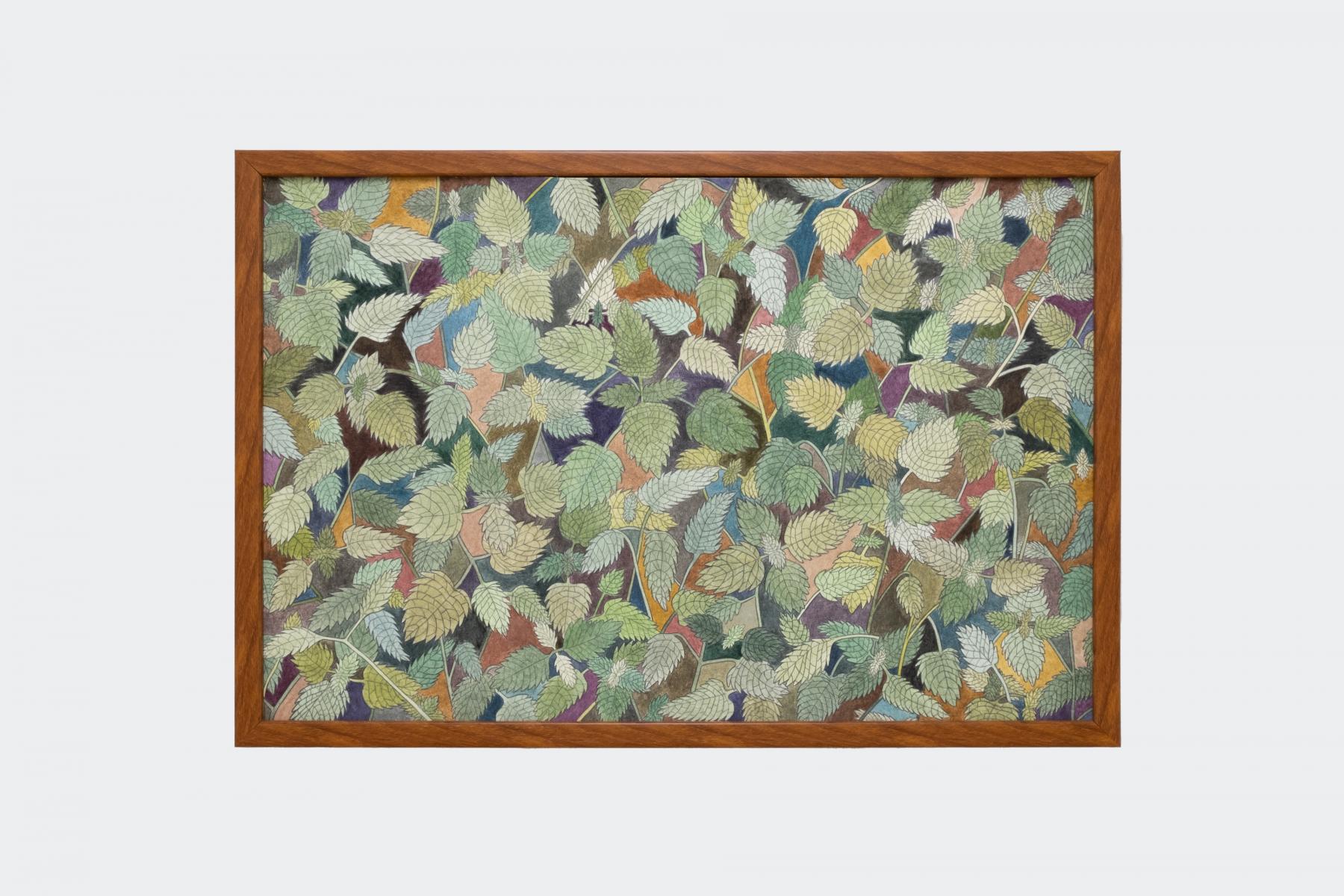
Aracha Cholitgul, installation detail of Morning Sun Garden. Image courtesy of nap gallery. Photo by Benny Xu.
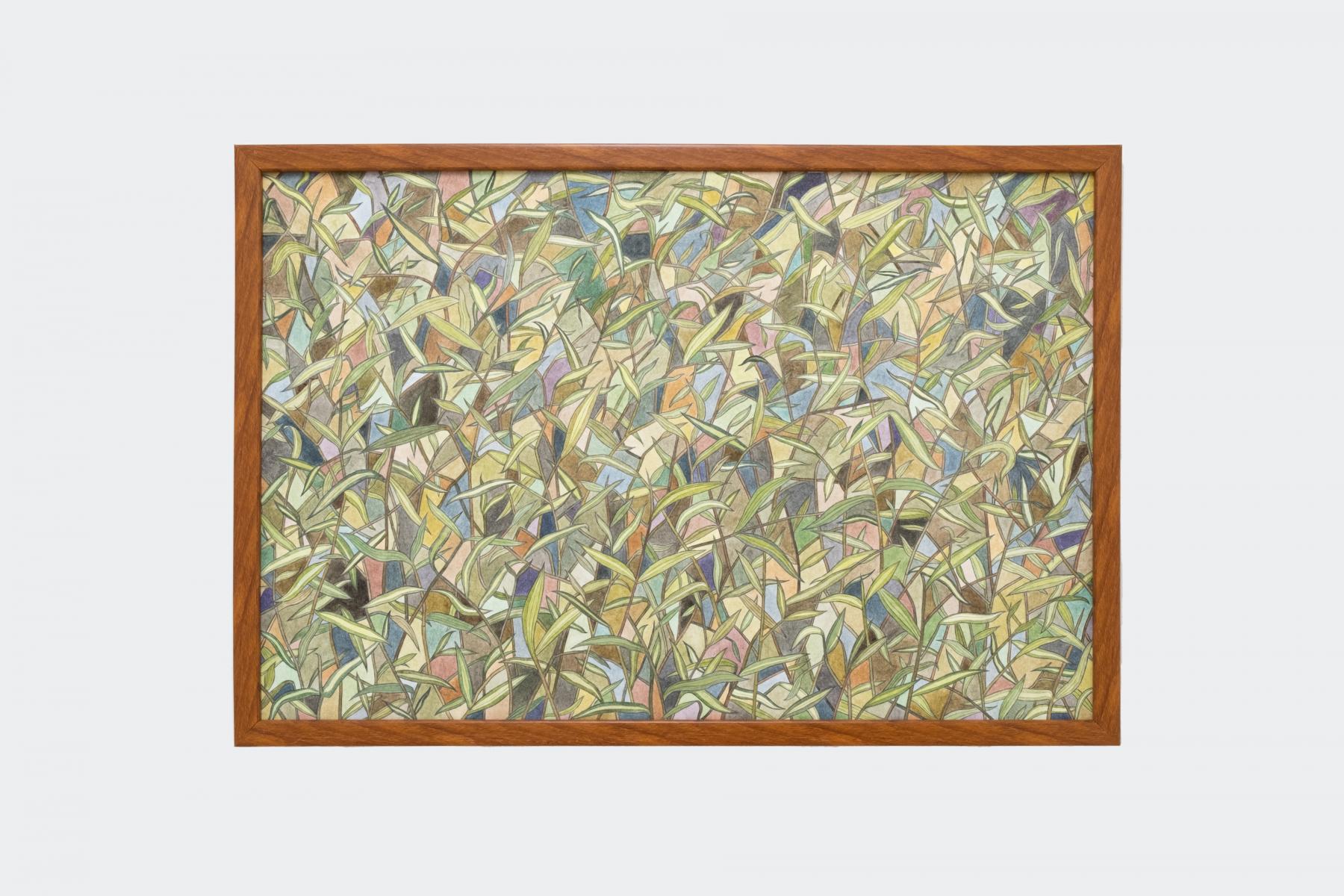
Aracha Cholitgul, installation detail of Morning Sun Garden. Image courtesy of nap gallery. Photo by Benny Xu.
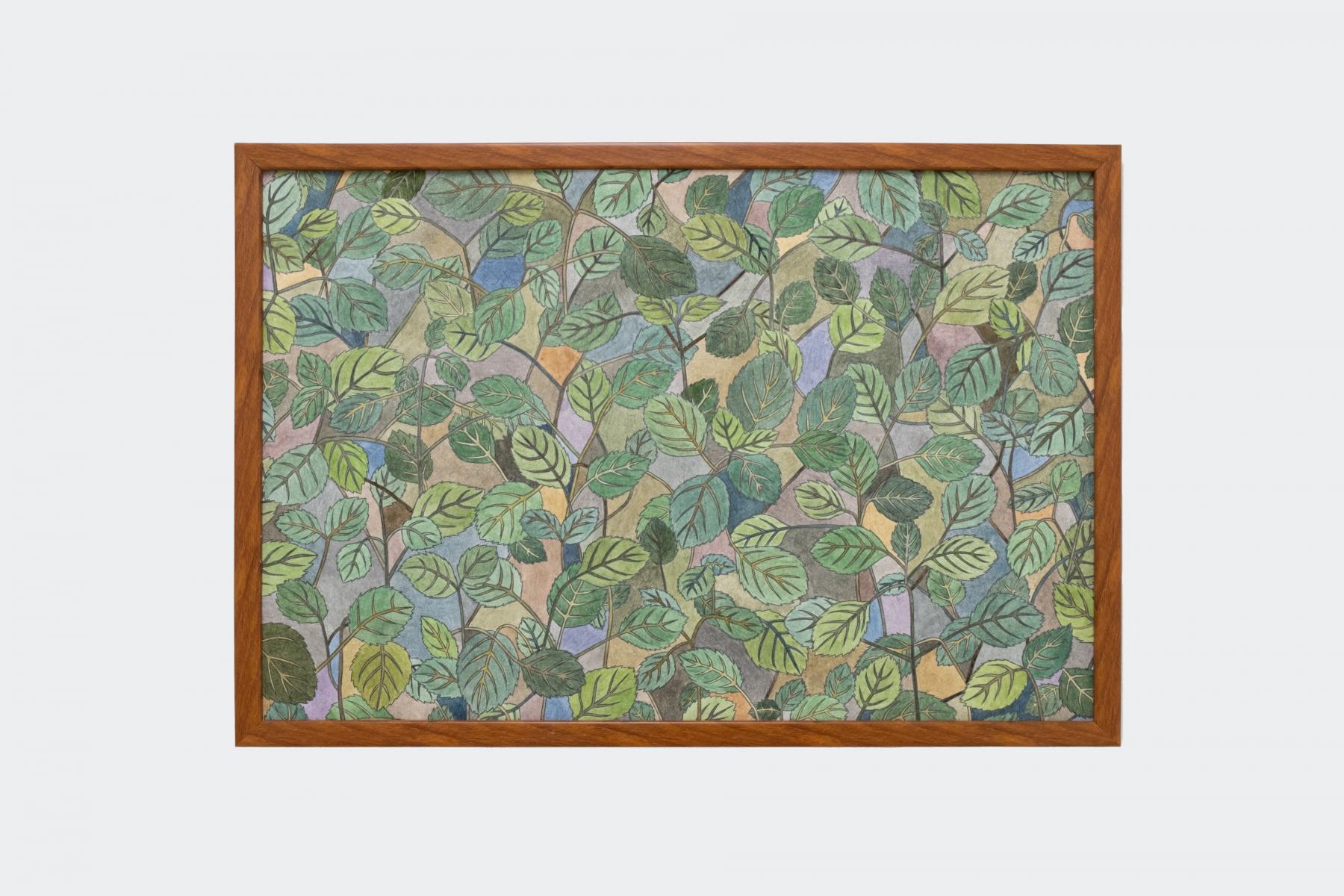
Aracha Cholitgul, installation detail of Morning Sun Garden. Image courtesy of nap gallery. Photo by Benny Xu.
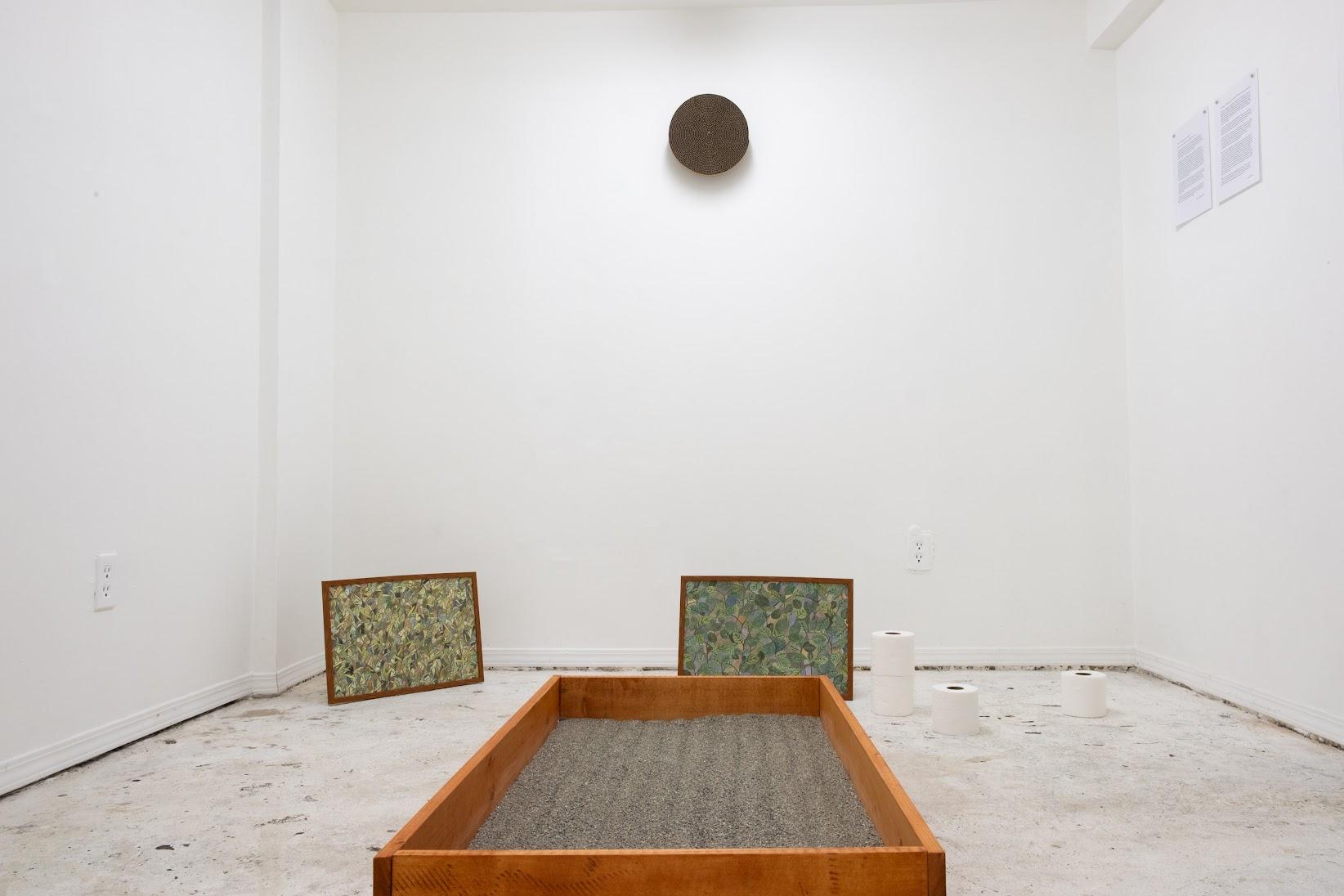
Aracha Cholitgul, installation detail of Morning Sun Garden. Image courtesy of nap gallery. Photo by Benny Xu.
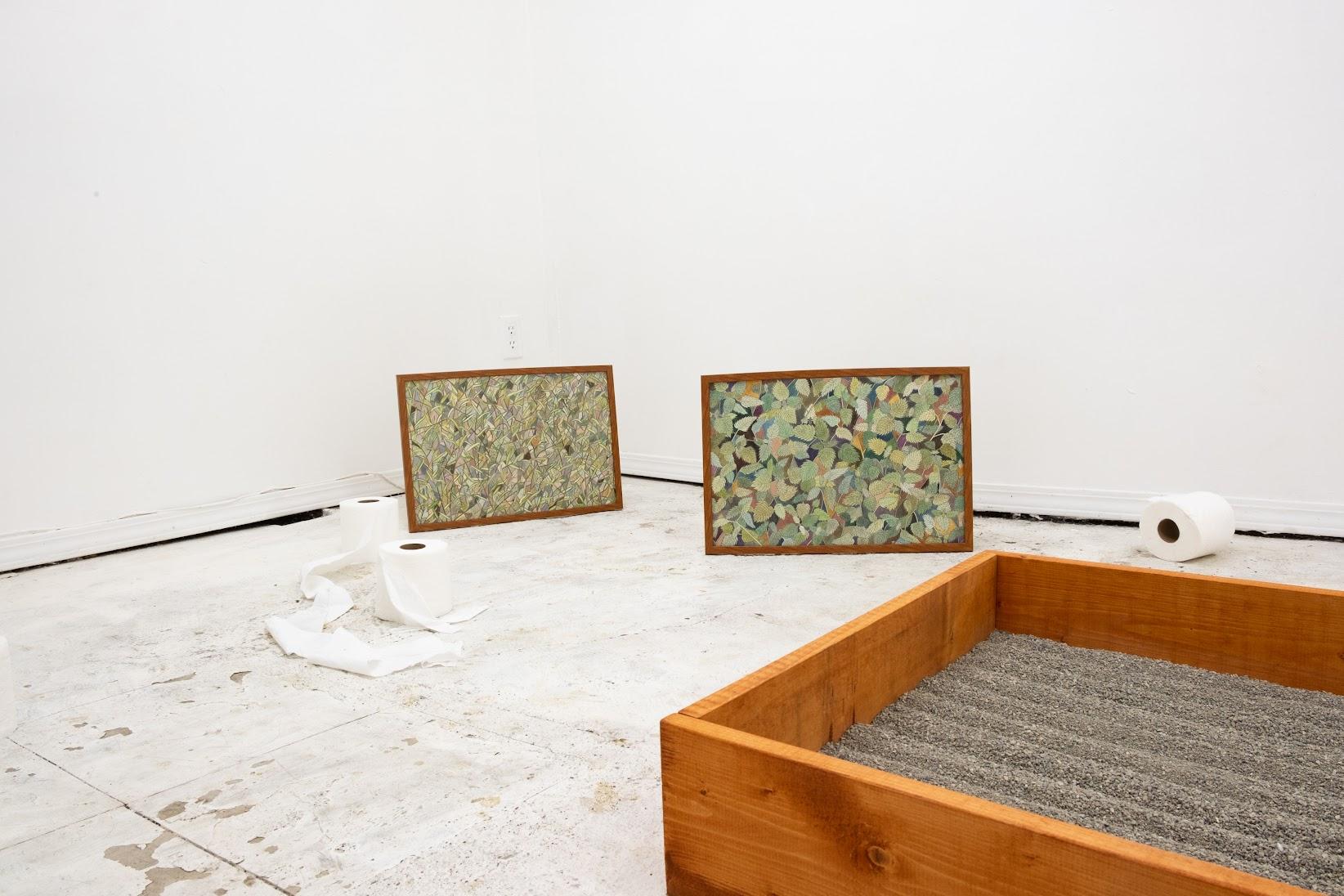
Aracha Cholitgul, installation detail of Morning Sun Garden. Image courtesy of nap gallery. Photo by Benny Xu.
1. Artist and Curator Qian Cheng warmly invites me into her Vancouver garden suite, the domestic location of nap gallery, a temporary experimental extension of Vancouver’s community art initiative Afternoon Projects. “Don’t worry about your shoes”, she says, as I go to tug my boots off, a learned domestic courtesy. I can’t remember if I took them off or not; a part of me hopes I did since my Jaden’s, which I was wearing, tend to tread in lots of dirt. The gallery is through a doorless doorway adjacent to Qian’s office station, about 10 short paces from the suite's entranceway. I pass a fish tank on the way but don’t stop to inspect for any fish.
2. The exhibition is titled “Morning Sun Garden” and is the Canadian solo debut of Thai artist, Aracha Cholitgul, a close friend of Qian. Upon entering the exhibition space, a white room with concrete floors, it’s the large litter box which acts as a centerpiece that is the first point of focus. It is raked neatly, with little paw prints of a past feline visitor. There are small patches of urine deposits in the box. Rolls of toilet paper are placed intentionally around the room, some of the rolls slightly unraveled, as if to cheekily suggest that a human may have participated in the toilet ritual among cat companions. Or perhaps some playful paws batted about the rolls post-washroom visit. I find myself squatting down low, as if to assume a cat-like vantage point of the space. A familiar humming yet momentarily sharp smell of cat urine hits me. My human senses can’t tell if the smell is an invitation or an aversion.
3. Delicate color pencil drawings of different plants surround the litter box. The drawings act as a pleasant scenery, with cats in mind; Indian Mercury, Catnip, and Bamboo are the plants depicted and are known to be liked by cats. I stand up from my squat and move over to the Bamboo depictions, finding myself squatting again. It seems to be the easiest way to experience the exhibition; low down. The bamboo is thick and dense. I wonder how many, if any, cats have sniffed this painting, to confirm it as an emulation. I don’t sniff it; perhaps I should have.
4. I stand up and, somewhat performatively, pace the small space, my large clunky body feeling like an awkward occupant. This isn’t my home, and this isn’t my humankind of toilet. I realize there is a circular cardboard sculpture on the wall that is reminiscent of a scratching surface for cats. It’s far too high up for any cat to knead at. So then, is this something for me? Is this where I can participate? My nails are far too short to substantially dig into anything, so I keep pacing.
5. On the wall to the left of the doorway, two letters have been printed out and hung. The correspondence is between Aracha Cholitgul, the artist of the exhibition and Qian Cheng, the curator and occupier of the garden suite. The letters embrace a comforting vernacular that emphasizes their sincerity. Cholitgul speaks about their petless and relationshipless situation. She writes that she tells a partial lie about being heartbroken to her landlord in an attempt to be allowed to have a cat. It doesn’t work. Qian replies about her own loneliness that is quite full of animals. She talks about her independent hamster and how she needs him more than he needs her and how his cuteness is a portal to warmth and security. I feel relative to space all of a sudden, as if my humanness needed to be acknowledged.
6. Looking back at the exhibition after reading the letters, I am awakened to my human shortcomings: my need to occupy a positionality in an architecture, my need for my own role within a space to be defined so I can perform accordingly. The exhibition space suddenly reveals itself as a location for intersections: cats come to piss, poop and play, humans come to witness and clean the poop and piss, and maybe ponder, perhaps about pissing and pooping. Whilst I felt the urge to be more cat-like in the space upon entering, the appropriative assumption of another species isn’t what this work is about. To me, Cholitgul has created a passageway, a tender portal, a feline utility that allows for a small rupture of the contractual confines of ownership and occupation in a Vancouver rental suite.